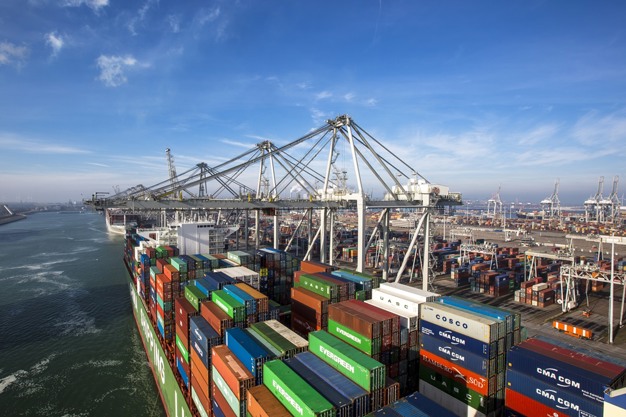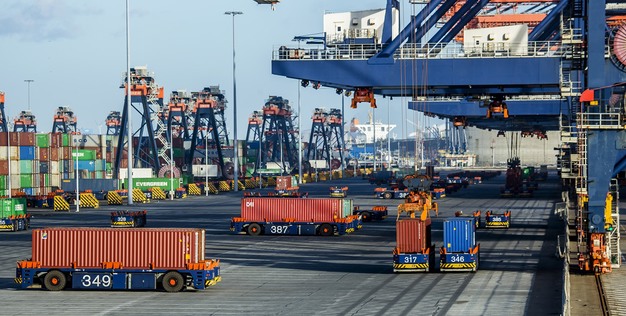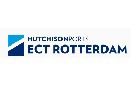Offloading the last containers from ships at Maasvlakte, the Netherlands, can sometimes take up to three days. Whether reefers are offloaded on the first or last day is especially important for chilled cargo. Four years ago, Hutchison Ports ECT Rotterdam introduced the digital platform MyTerminal, which provides real-time insight into container status. This year, the terminal operator is working on a priority service.

"In 2020, we were discussing the MyTerminal platform's functionalities; our current focus lies on continually optimizing the logistics process," begins Willemien Akerboom, Product Manager at ECT. MyTerminal now rests on three pillars: track & trace, predictive information, and priority services.
Unloading predictor attracts plenty of interest
The fresh produce sector makes good use of the platform, which, via its track-and-trace function, makes the container terminal process more transparent. "The unloading time predictor, which indicates when ECT expects to offload a particular container, is also viewed a lot. After all, time pressure is high in the fruit and vegetable sector." A predictor that shows expected crowding by block group was introduced. That helps with truck pickups.
More reliable
The unloading predictor gets it right at least 80% of the time. "Some customers, though, want 100% reliability. We're now testing whether we can increase that for specific containers by no longer changing the schedule. That may affect our efficiency, but it could add more value elsewhere in the chain," says Willemien.
Hearing clients out
Aside from prediction tools, ECT talks to market players one-on-one to see what information they can share. "If customers want to collect certain containers first and others can wait, we're willing to prioritize that container. We can place it more efficiently onsite, including for any customs scan."

Willemien cites the cooperation with Rotterdam Fruit Wharf (RFW) as an example. Thanks to a modal shift, bottlenecks at the deepsea terminal are prevented, and transportation is more sustainable. RFW does not load its containers onto trucks but on barges. That bypasses the heavy traffic on Rotterdam's ring road, and all containers are placed directly on their quays.
Priority service at a fee
If ECT knows a client's specific needs, they can provide a more customized service. "Ships carry thousands of containers, making it impossible to fulfill every individual wish. We're, therefore, considering a priority service where certain containers are prioritized at a fee. But it must remain a level playing field; something like business class flight tickets," Willemien concludes.
Increased customization requires a stable digital platform. MyTerminal users can see the status of containers in real-time, and there is a free and a premium version. They can also directly connect via an API.
Willemien Akerboom Hutchison Ports ECT Rotterdam
Hutchison Ports ECT Rotterdam
875 Europaweg
3199 LD Rotterdam, The Netherlands
Port no: 8200
Tel: +31 (0) 181 278 278
Email: [email protected]
Email: [email protected]
